Auto Hold: The Button Many Americans Still Don’t Know About — and How It Can Change the Way You Drive
I use it all the time now — can’t imagine how I ever drove without it.
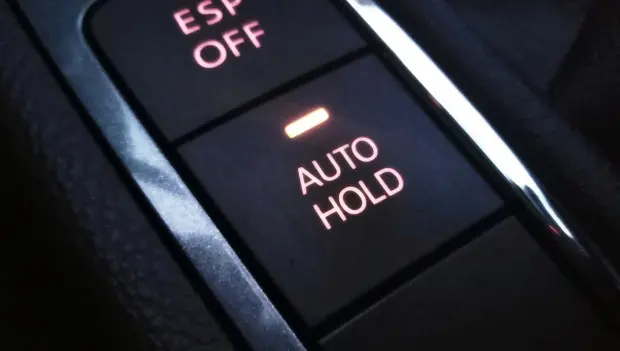
Do you spend half your life with your foot on the brake in traffic or at red lights? Believe it or not, a system that does this for you has existed for over a decade. Today, let’s break down how Auto Hold works — one of the most underrated features in modern cars.
What Is Auto Hold?
Auto Hold is a smart driving feature that automatically keeps your car stationary once it’s come to a complete stop — even after you lift your foot off the brake pedal.
How It Works — Explained Simply
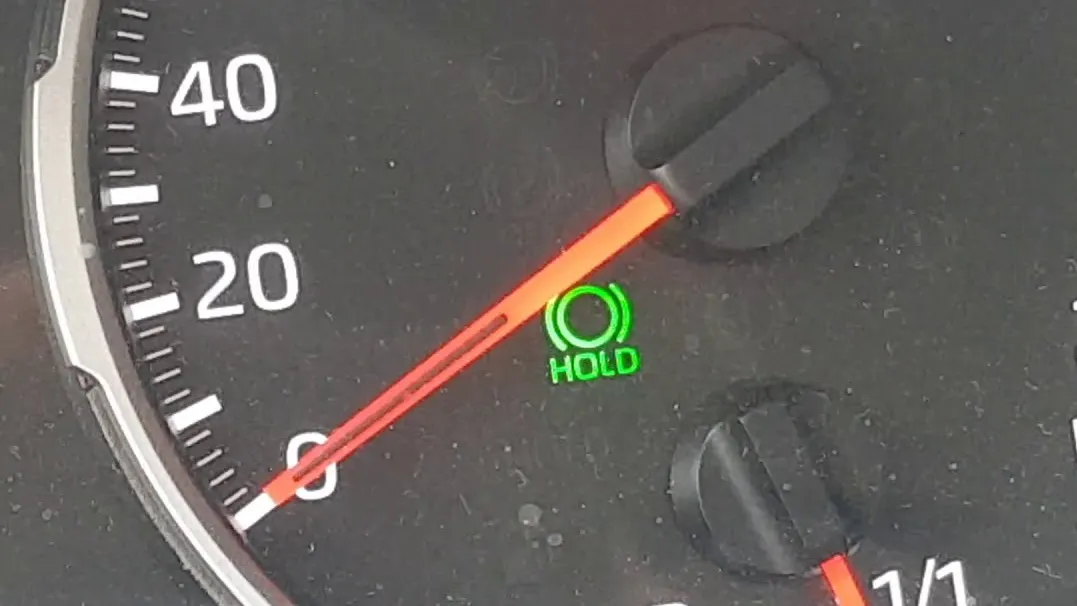
You come to a full stop and press the brake pedal as usual. The “Auto Hold” or “Hold” indicator lights up on the dashboard. At that moment, you can take your foot off the brake — and the car won’t move. When you’re ready to go, just press the gas pedal, and the system releases the brakes smoothly.
Behind the scenes, the car’s electronics engage the standard braking system, calculating the right amount of pressure needed to hold the vehicle securely.
When Auto Hold Makes a Difference
If you spend time sitting in city traffic or waiting through long lights, Auto Hold can make your drive a lot more comfortable. No more stiff legs or awkward foot positions — you can relax until it’s time to move again.
It’s also a lifesaver on hills. Forget the nervous moments when you might roll backward — the car stays put until you accelerate. For new drivers especially, it removes that moment of panic when starting on an incline.
Myths vs. Reality
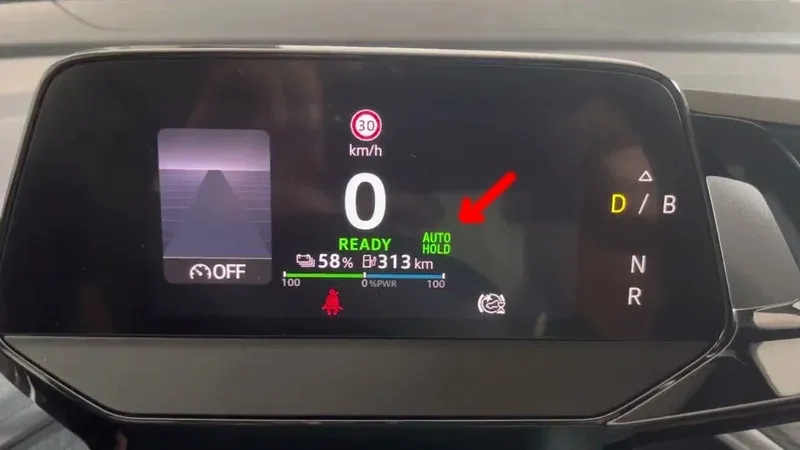
Some drivers worry that Auto Hold wears out the brake pads. In reality, the wear is minimal — the system simply maintains existing brake pressure rather than applying new force.
Another concern is that the car might move unexpectedly. That’s not the case: to deactivate Auto Hold, you have to deliberately press the accelerator.
A Few Things to Know
On manual transmissions, Auto Hold only works with the engine running and the clutch engaged. In icy conditions, some systems automatically turn off for safety. And if you open the driver’s door while the system is active, most cars will automatically switch to the parking brake.
So, Is It Worth It?
Auto Hold is a must-have if you spend a lot of time in city traffic, are new to driving and nervous about hill starts, or simply appreciate a bit of extra convenience in your daily commute.
If you mostly drive on highways or prefer full control over your car, you could live without it — but once you’ve tried it, you probably won’t want to.
After a week of using Auto Hold, most drivers say the same thing: it’s hard to imagine going back. It’s like switching from an old flip phone to a smartphone — once you experience the difference, there’s no turning back.
Do you use Auto Hold? Tell us how it’s changed your driving experience.
You may also be interested in the news:
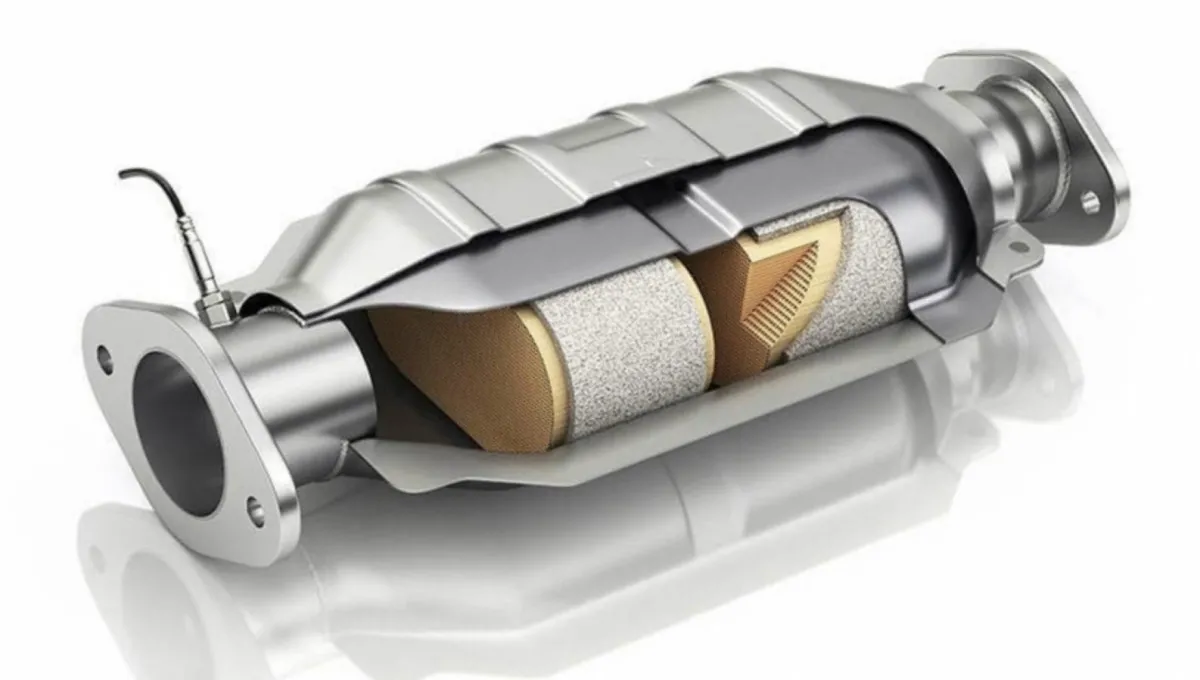
Common Signs of a Clogged Catalytic Converter – What It Does and How to Check It Yourself
No matter what you’ve heard about catalytic converters lasting forever, the truth is that every one of them eventually wears out. Here’s how to diagnose a failing converter—and what you can do to fix it.
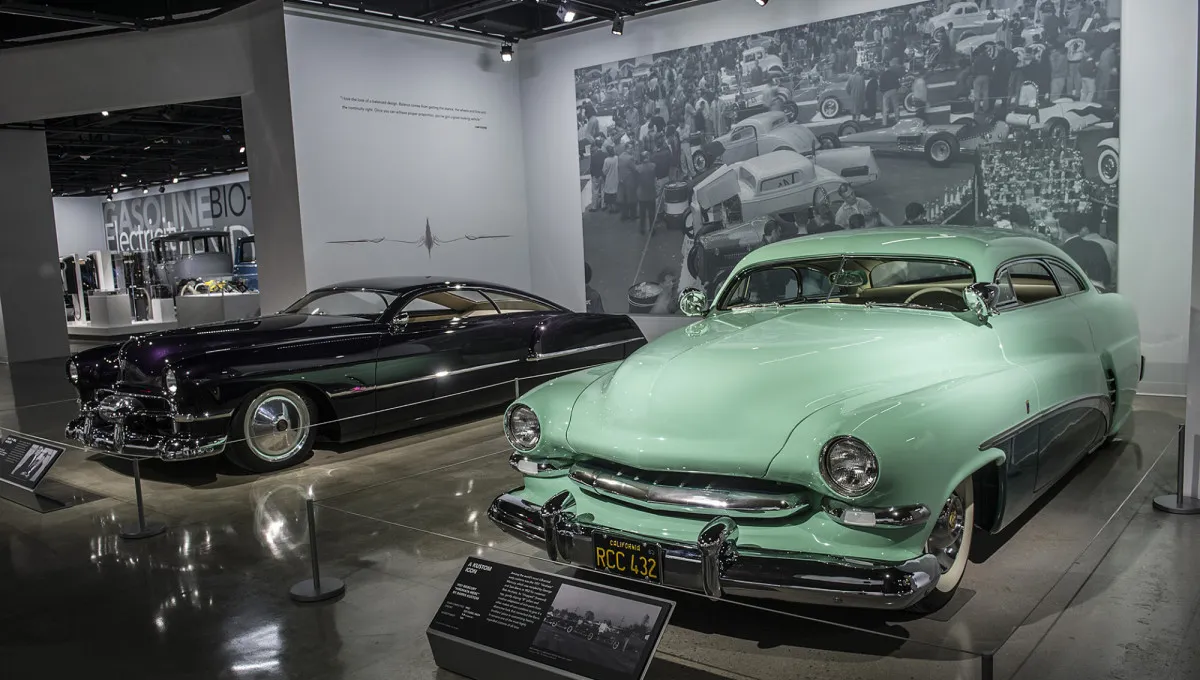
Every American Should Visit These – The Best Car Museums in the U.S.
These top automotive museums don’t just showcase classic cars – they tell the story of how engineering and design have evolved through the decades.

Hot-Dip Galvanizing Protected Cars from Rust for Decades — So Why Did Automakers Abandon It Now?
Hot-dip galvanizing once seemed like the perfect armor against rust — until its serious downsides became impossible to ignore.
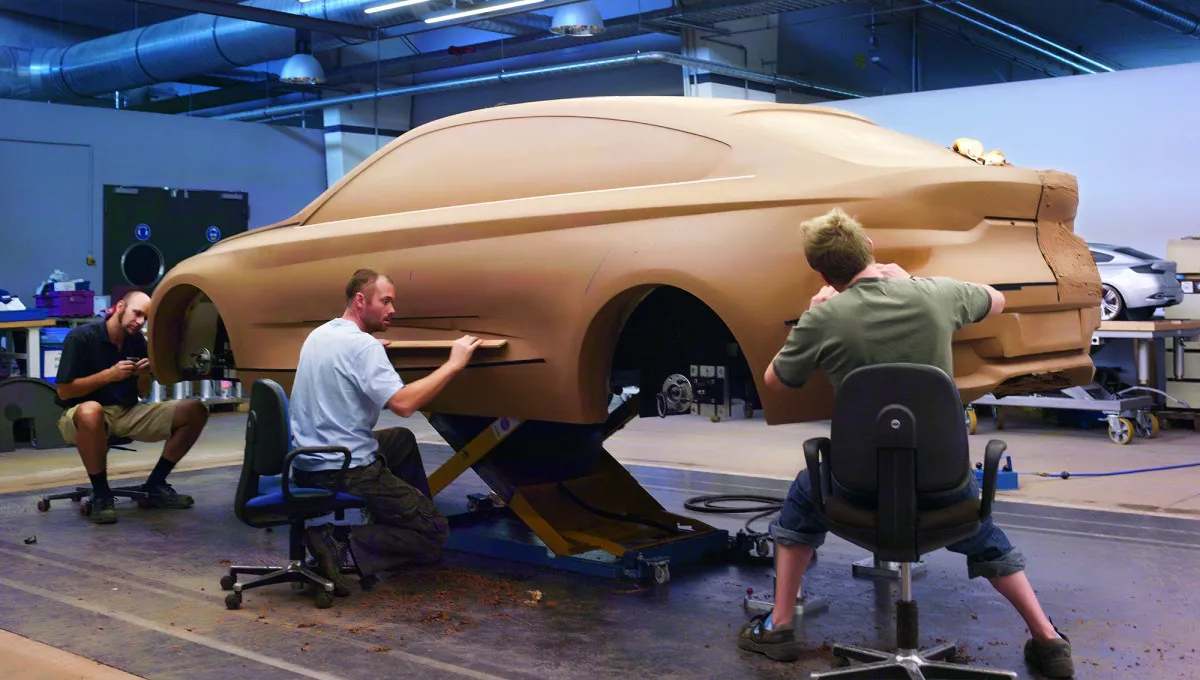
Why Car Designers Still Sculpt in Clay — Even in the Digital Age
Even in the age of digital design, automakers haven’t abandoned old-school methods — clay models remain the key tool for shaping the cars of the future.
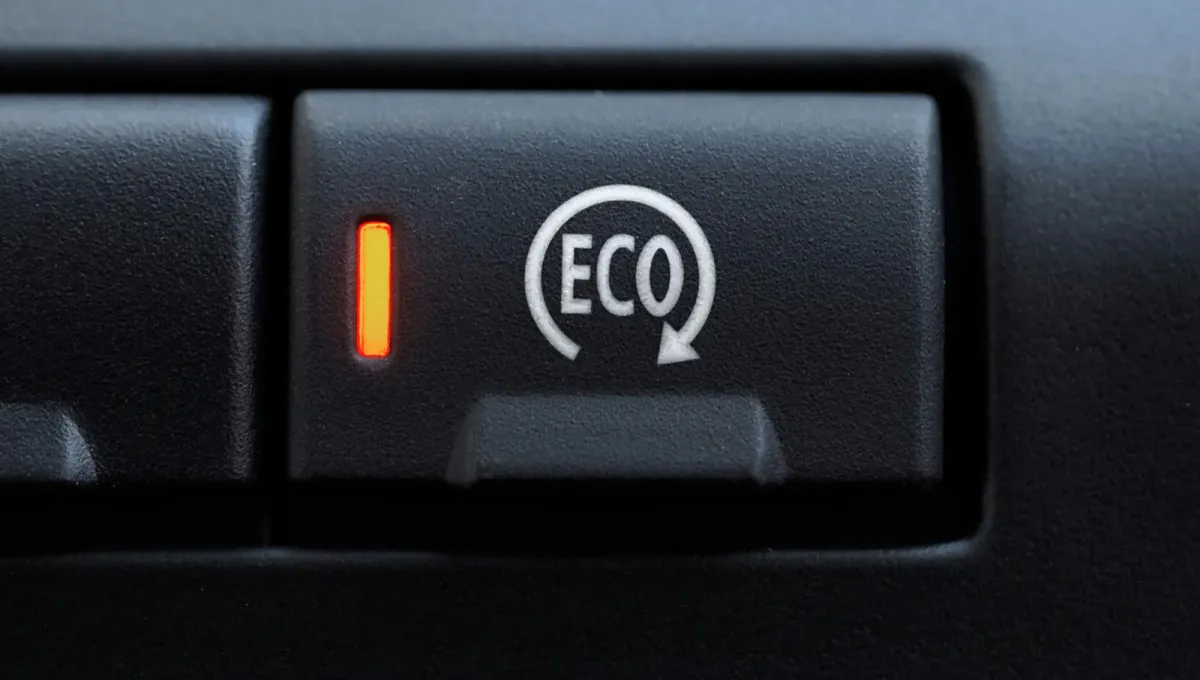
Many Americans Don’t Realize Why Overusing ECO Mode Can Be a Bad Idea — What That Button Really Does
What exactly is ECO mode, why was it invented, and is it really as good as it sounds? Let’s break down the pros and cons.